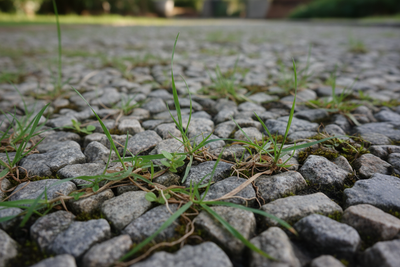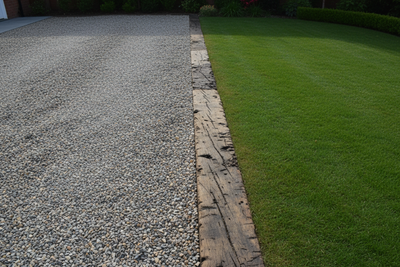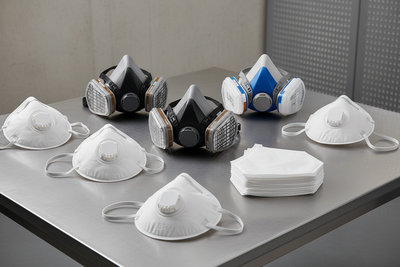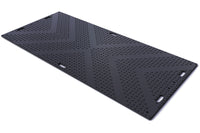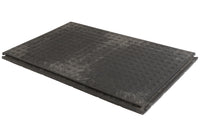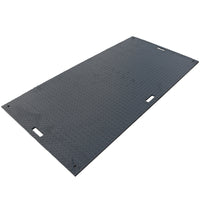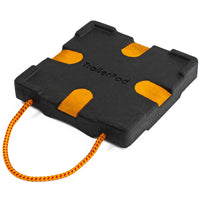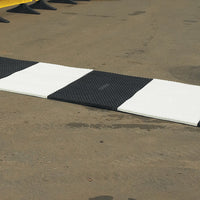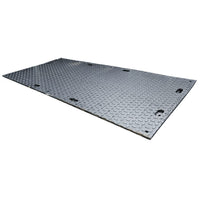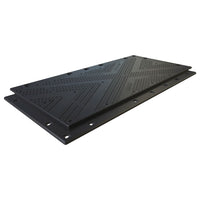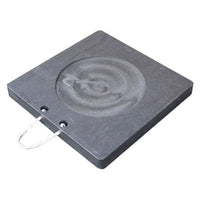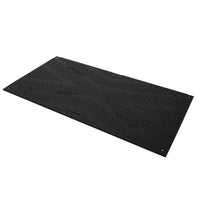Timber Bog Mats vs Ground Protection Mats: Which is Right for Your Project?
When it comes to protecting the ground on construction sites, event venues, or environmentally sensitive areas, choosing the right matting solution is key. Two common options are timber bog mats and ground protection mats, both designed to prevent ground damage and improve site access. While they share a common goal, the differences between them could have a big impact on your project’s success.
In this article, we’ll explore the pros and cons of each, helping you make an informed decision.
What are Timber Bog Mats?
Timber bog mats are large, heavy-duty wooden mats traditionally made from hardwoods such as oak or tropical timber. They are often used in construction, civil engineering, and pipeline projects where heavy machinery needs stable ground.
Advantages of Timber Bog Mats
There are several advantages of using timber bog mats for your construction project, including:
- Robust and load-bearing: timber bog mats are well-suited to heavy-duty applications, offering high load-bearing capacity for cranes and tracked vehicles.
- Suitable for uneven terrain: their weight and thickness allow them to stabilise ground in boggy or soft terrain.
- Long-established solution: timber bog mats have a proven track record in industries like construction and utilities.
- Biodegradable: timber bog mats are made from natural materials so they can be left to break down if they become stuck.
Disadvantages of Timber Bog Mats
As with any product, there are some cons which should be taken into account when using, or thinking of using, timber bog mats:
- Heavy and difficult to handle: timber bog mats often require specialist lifting equipment, increasing installation time and costs.
- High transportation costs: The significant weight of timber bog mats also leads to higher transportation costs compared to ground protection mats.
- Inconsistent loading: as a natural material, timber bog mats can have inconsistent shapes, meaning they may not always stack properly.
- Prone to failure: naturally occurring knots can lead to the failure of timber bog mats.
- Can get stuck in the mud: timber bog mats can be very difficult to pull out of particularly boggy terrain.
- Environmental impact: the harvesting of hardwoods raises sustainability concerns, and timber mats are prone to rotting, splitting, or absorbing contaminants like fuel and oil.
- Less flexible: they are bulkier and less adaptable to different ground conditions or confined spaces.
What are Ground Protection Mats?
Ground protection mats are typically made from high-quality plastic polymers such as HDPE (High-Density Polyethylene) and are designed to distribute loads evenly, preventing rutting, sinking, and soil compaction.
Advantages of Ground Protection Mats
Ground protection mats are a good option for a number of reasons – with the main advantages being:
- Lightweight and easy to install: many ground protection mats can be deployed manually by two workers, reducing the need for heavy lifting gear, speeding up site setup, and keeping transportation costs down.
- Can withstand heavy loads: heavy-duty ground protection mats like TuffTrak can cope with extremely heavy loads that timber bog mats wouldn’t be able to withstand.
- Durable and long-lasting: unlike timber, HDPE mats are weather-resistant, non-absorbent, and resistant to rot or chemical degradation.
- Eco-friendly: at Start Safety we take sustainability really seriously. Many of the ground protection mats we sell are made from recycled materials and are fully recyclable at end-of-life, helping to reduce environmental impact.
- Versatile: available in a range of sizes and connection types, ground protection mats can be tailored to a variety of applications, from pedestrian walkways to heavy machinery access routes.
- Improved safety: textured surfaces offer superior grip for both vehicles and foot traffic, reducing slip hazards in wet or muddy conditions.
- Easier to recover: ground protection mats don’t get stuck in the mud as easily as timber bog mats.
Disadvantages of Ground Protection Mats
There are also a couple of minor drawbacks to ground protection mats, most notably:
- May have lower point load capacity: For extremely heavy loads (e.g., crawler cranes), timber mats might still be favoured in some cases.
- Upfront investment: While ground protection mats are cost-effective over time, the initial purchase price may be higher than hiring timber bog mats for short-term projects.
- Non-biodegradable: Ground protection mats use man-made materials, therefore can’t be left to decompose like timber mats.
Timber Bog Mats or Ground Protection Mats: Which Should You Choose?
Ultimately, the choice between timber bog mats and ground protection mats will depend on your specific project needs.
For heavy-duty applications on uneven or saturated terrain, timber bog mats remain a viable solution, especially where extreme weight is a factor. However, there are few applications where we would recommend timber bog mats over ground protection mats.
For most projects - including construction sites, events, landscaping, and utilities work - ground protection mats offer a modern, efficient, and more sustainable alternative.
At Start Safety, we specialise in supplying high-performance ground protection mats suitable for a wide variety of industries. Whether you need temporary access roads, pedestrian pathways, or heavy plant movement solutions, we have the right mat for the job — reducing costs, boosting efficiency, and helping you meet environmental standards.
Need Advice on the Right Ground Protection Solution?
Contact our team today to discuss your project requirements and find out how our range of ground protection mats can make your site safer, greener, and more productive.
- Author
